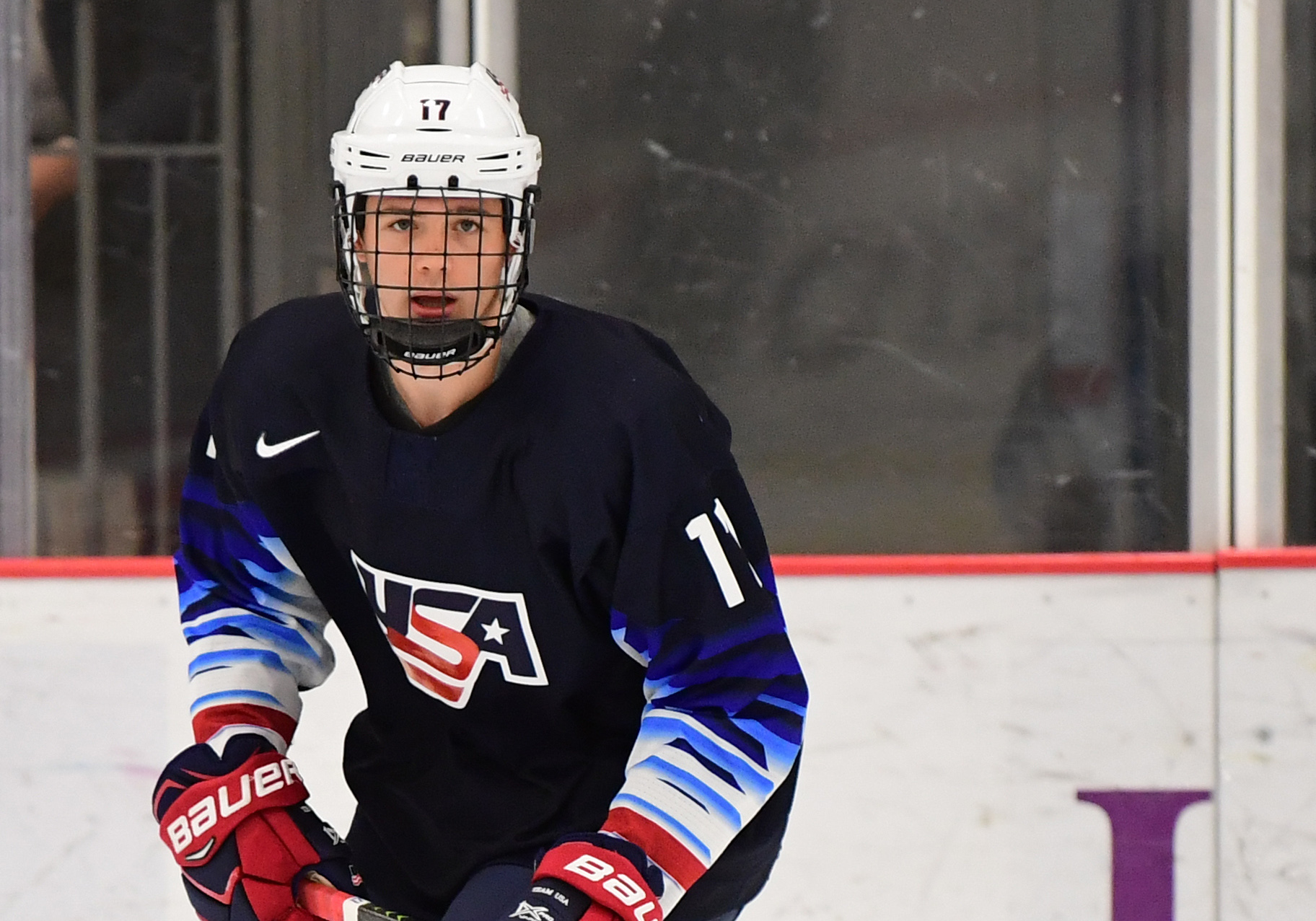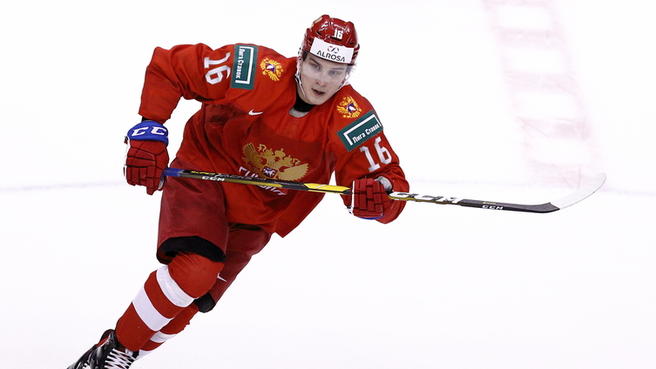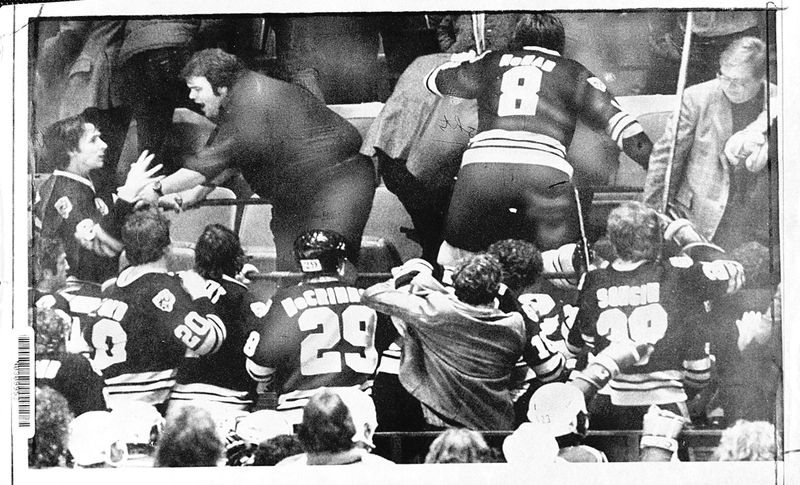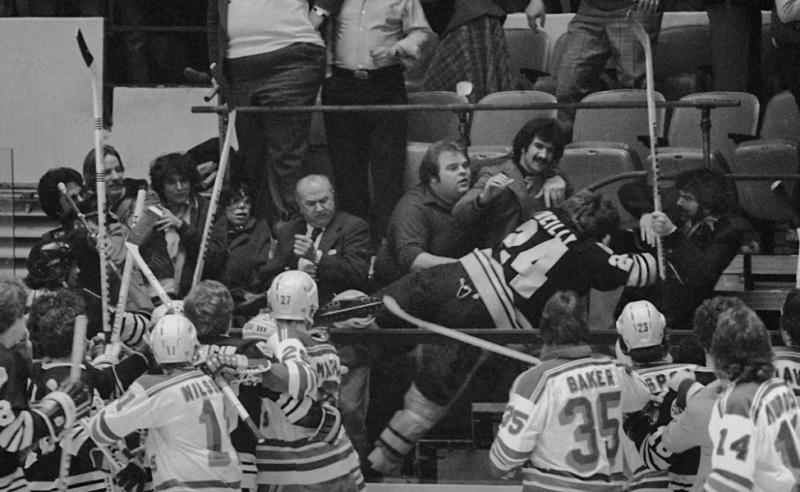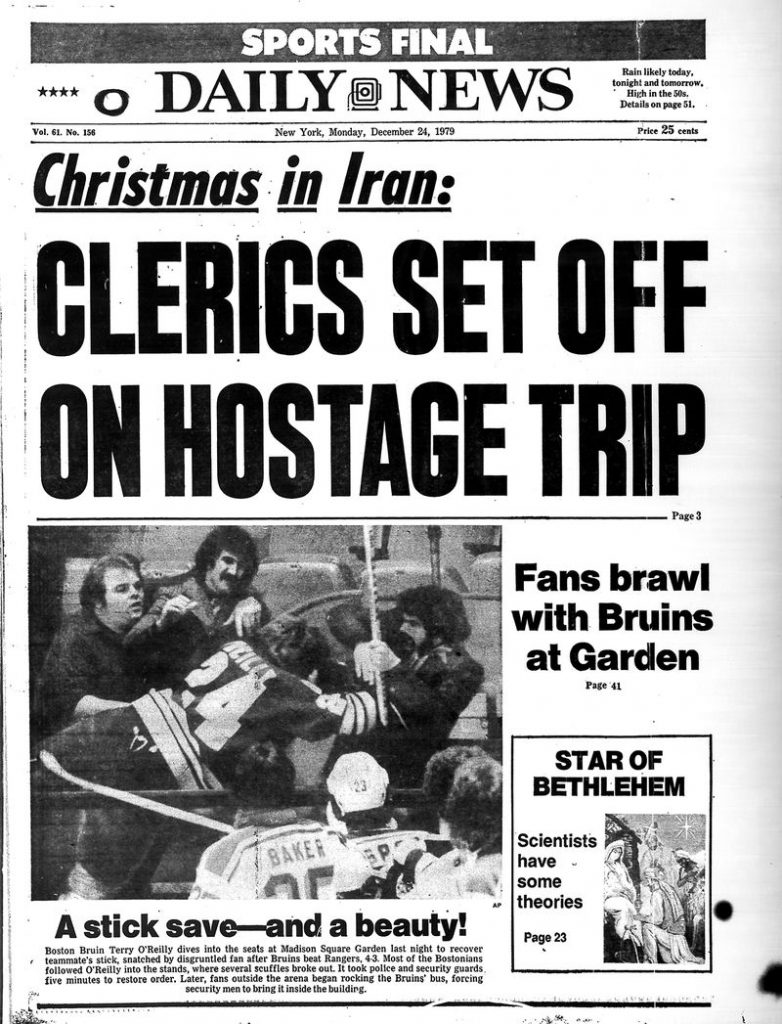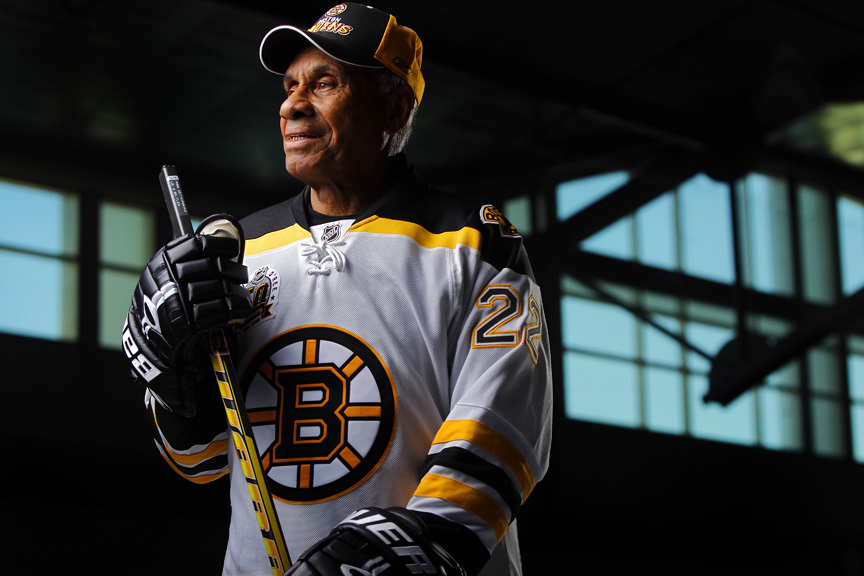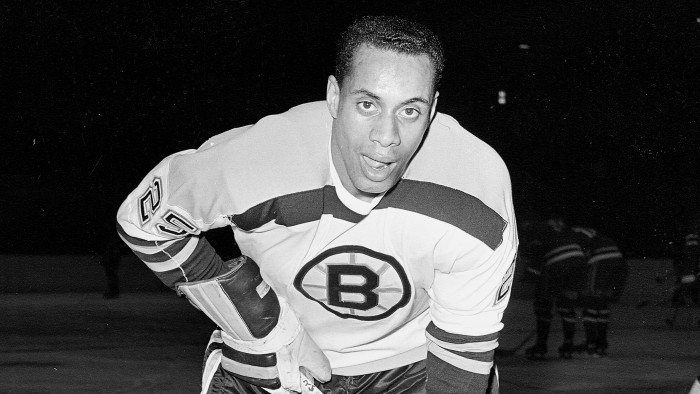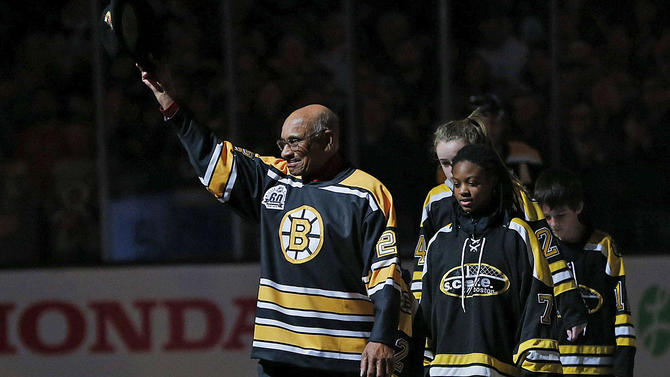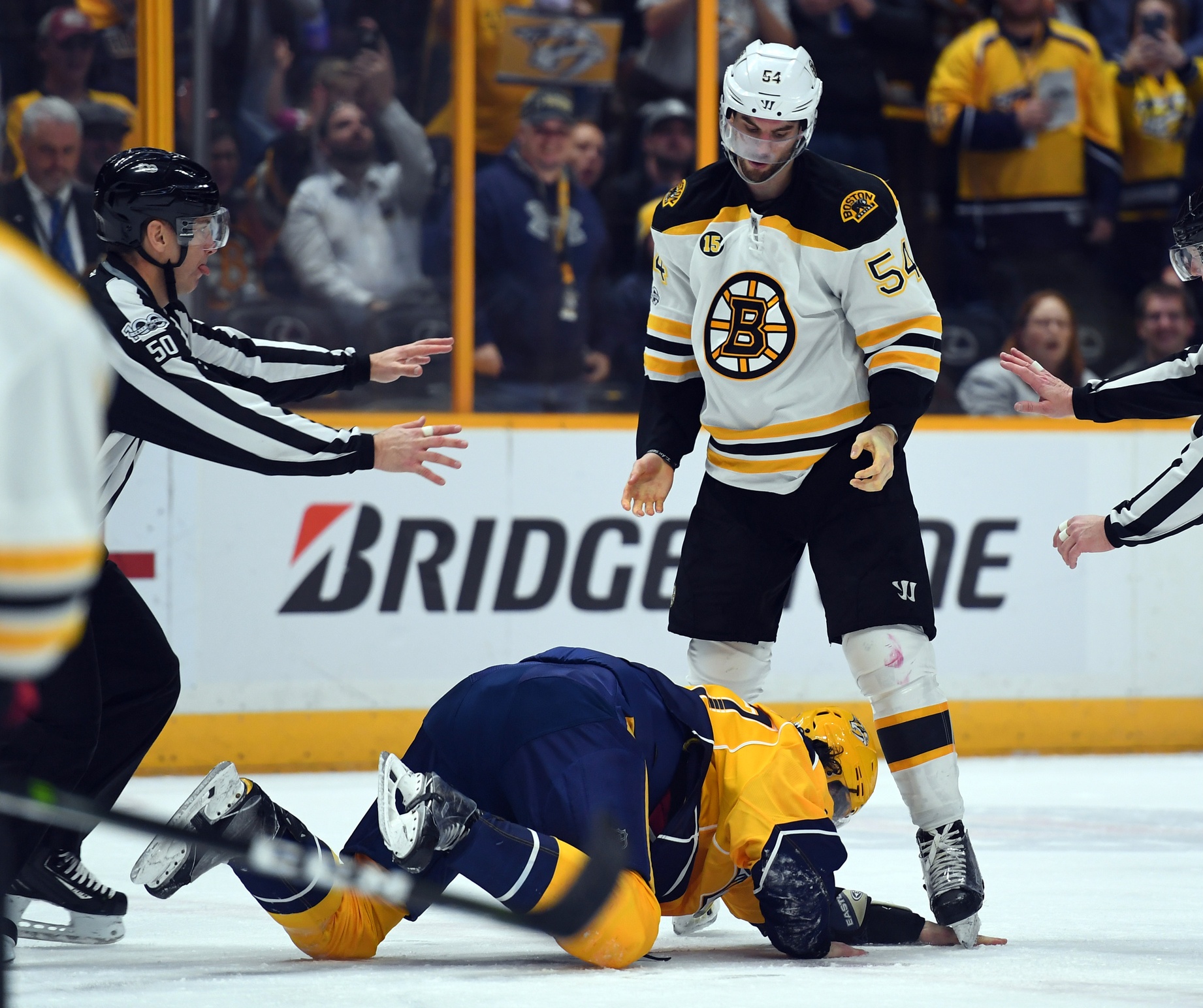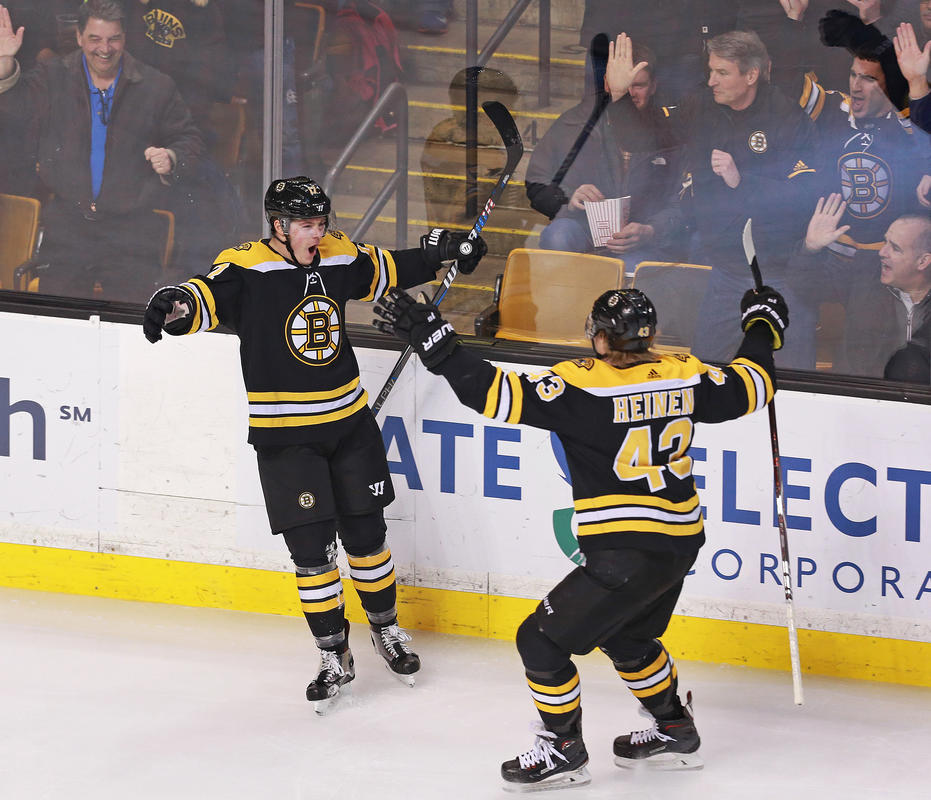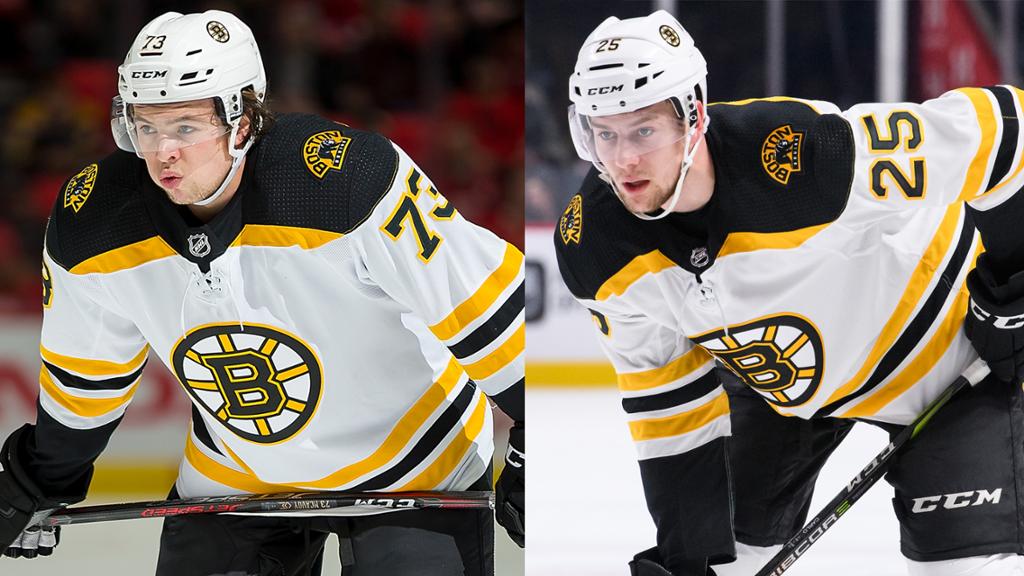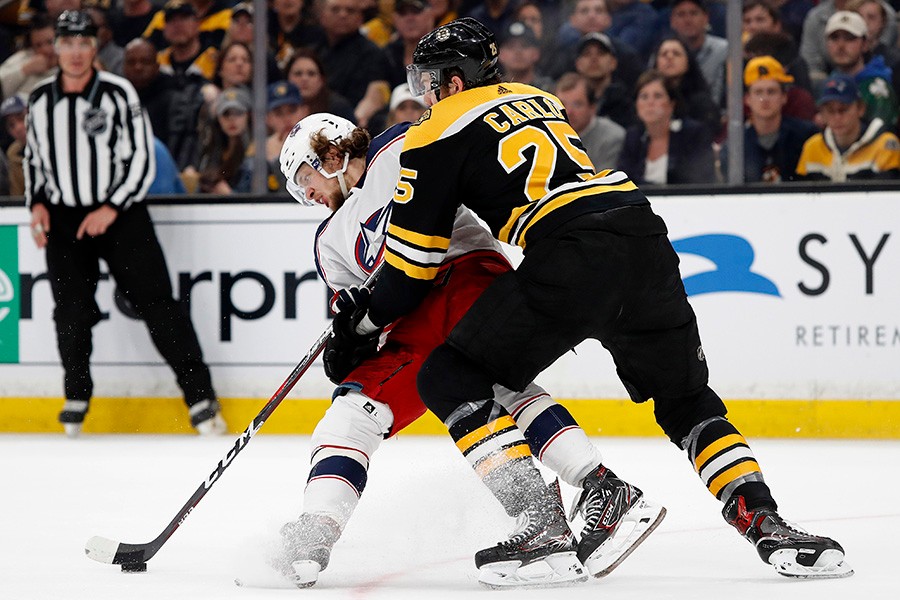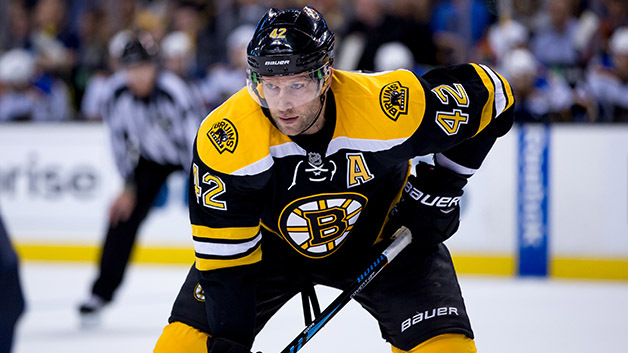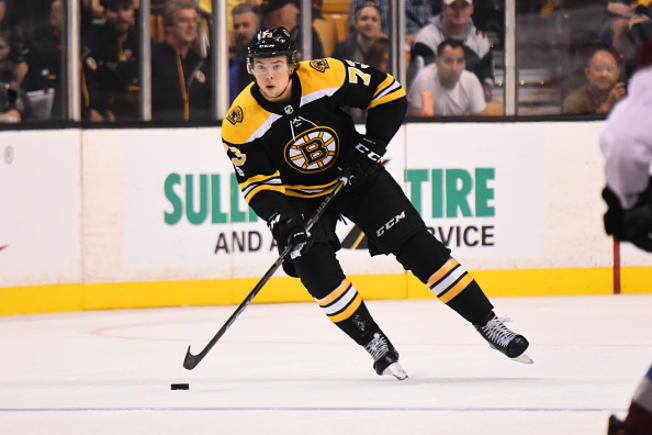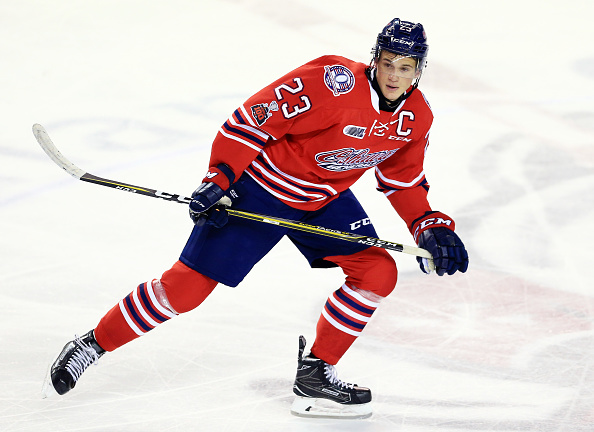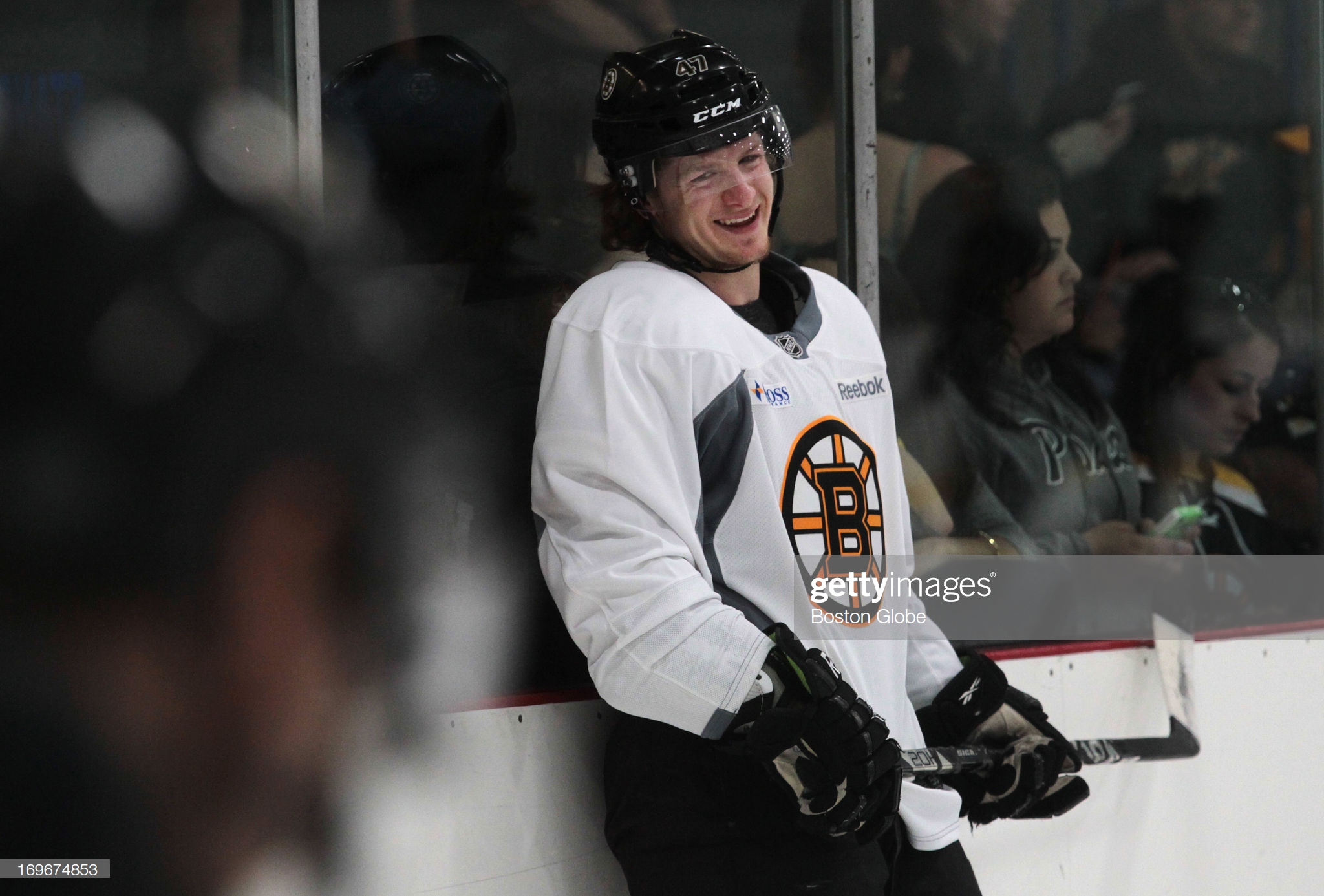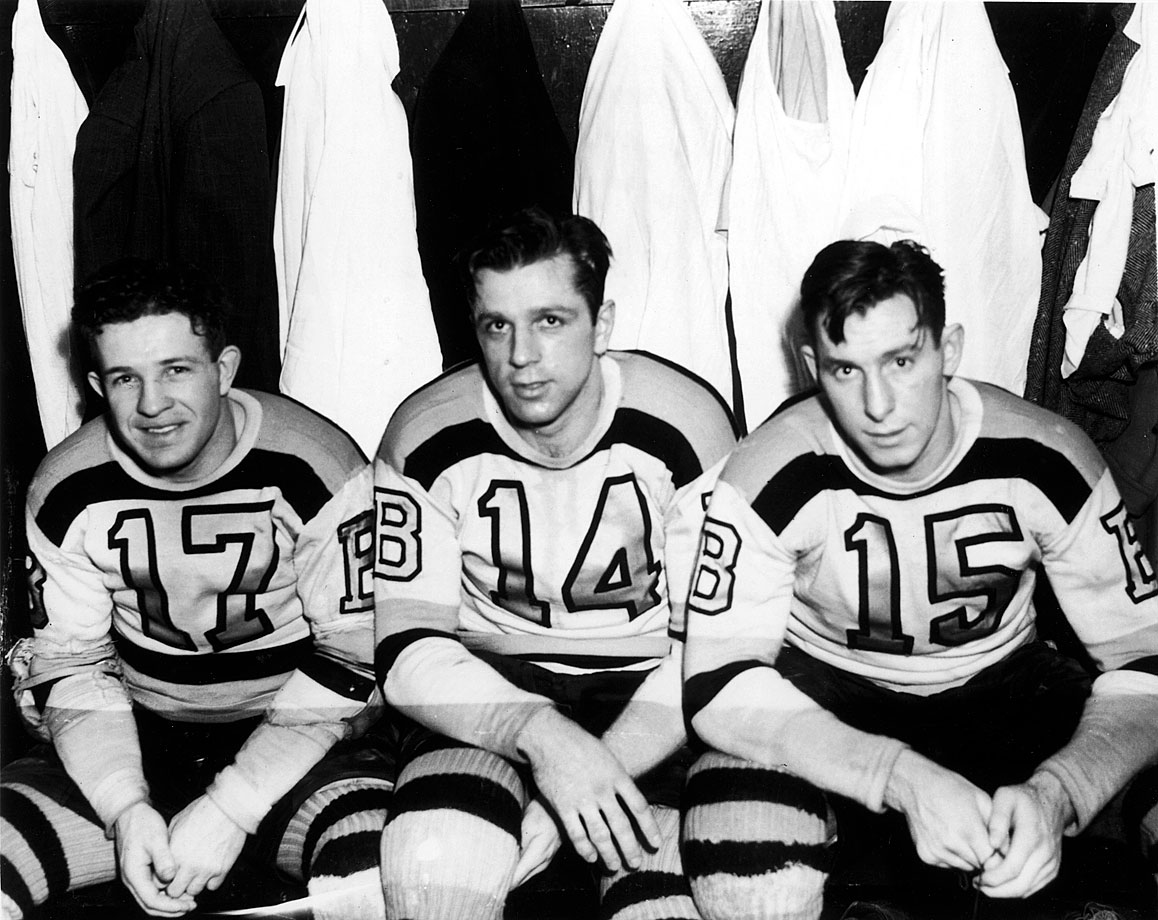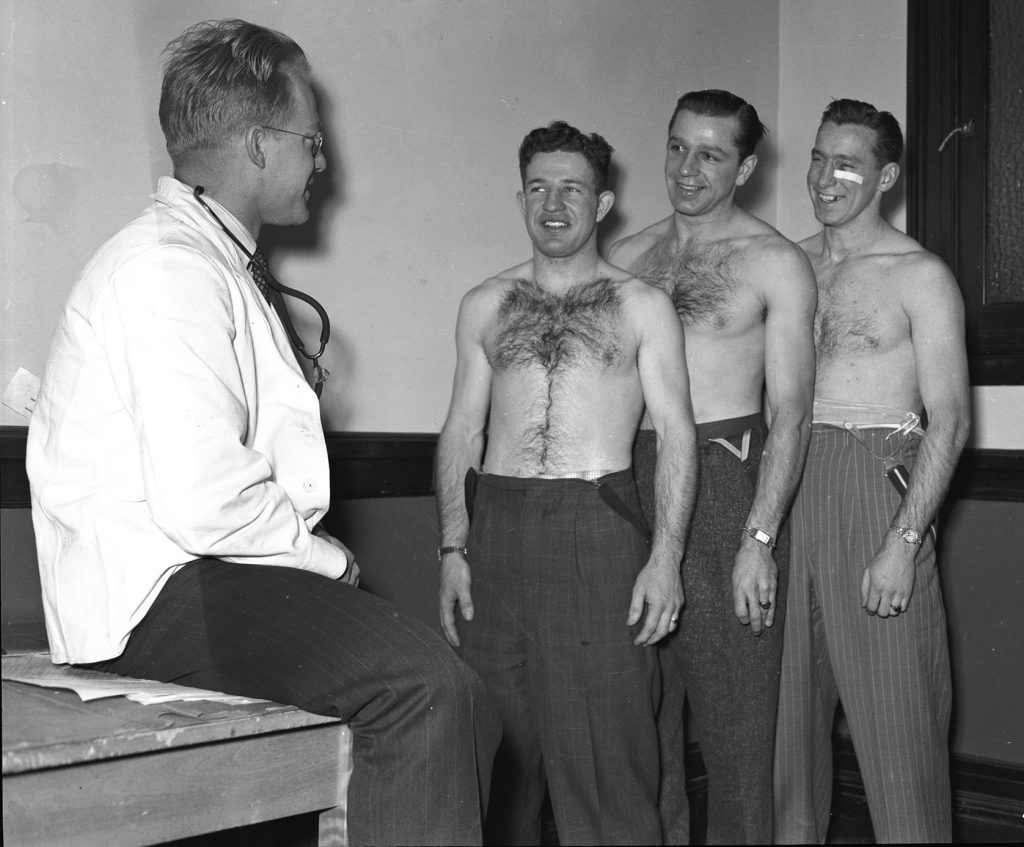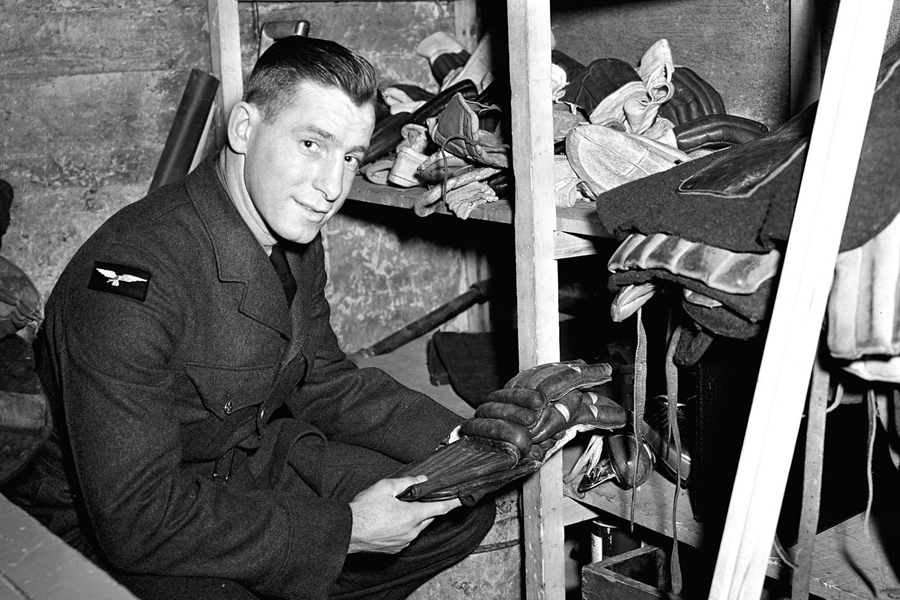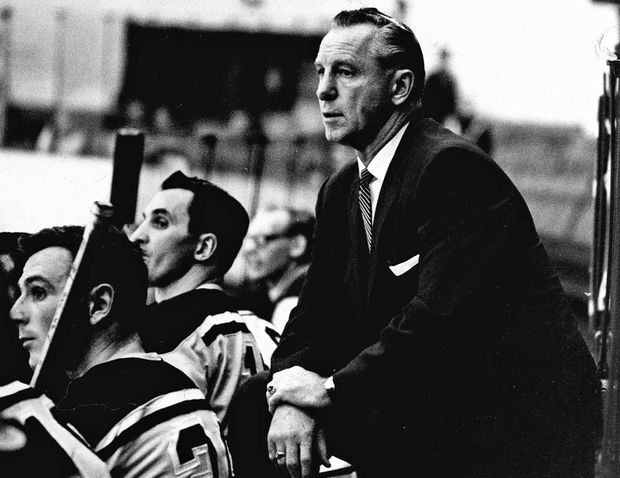Early last week the 2019 World Junior Summer Showcase came to a close. Two Boston Bruins prospects took part this year. John Beecher and Curtis Hall. John Beecher managed to outshine Hall, as well as most other tournament players, including the rest of Team USA.
Friendly Competition
In July, the Bruins selected Michigan commit and center, John Beecher in the first round of the 2019 NHL Draft. Still playing for Yale, Hall was selected in the fourth round in 2018. Over the course of the last month, Beecher and Hall competed in the 2019 World Junior Summer Showcase. Hall managed to play a key role for Team USAW (Team USA White). The score sheet doesn’t exactly say that, but those who watched the games will be able to tell you that Hall did a lot of dirty work for the team.
John Beecher on the other hand did lots of dirty work, but lit up the score sheet as well. Beecher, like Hall, played for two teams. Team USAB (Team USA Blue), and the two teams of Hall and Beecher combined to play as Team USA. Beecher managed to score points for both Team USAB and Team USA. In fact, Beecher lead Team USAB in goals and points. Hall managed to score one goal for Team USA. That was Hall’s only point of the Showcase. John Beechers performance with Team USAB managed to get him tied for the second most points, and tied for the fourth most goals in the tournament. You can see all team and player stats from the showcase here.
Bruins have a gem in Beecher
John Beecher not only managed to light up the score sheet, but also managed to light up the highlight reel as well. His biggest highlight coming against Finland, when Beecher managed to steal the puck in the defensive zone, pass up to teammate Jon Gruden in the neutral zone, fly passed defenders and go top shelf on the Swedish goalie. Beechers three other goals came from a great deflect in front of the net from a shot at the top of the key, and two goals from the faceoff circle that needed excellent skating off of the puck to be possible.
Thoughts to take away
John Beecher was a pick that a lot of Boston Bruins fans liked. On the other hand, the selection of Beecher was not liked by some fans. In most cases that I’ve seen, the fans who didn’t like the pick thought Beecher fell under the typical Bruin category. Big, physical, and a guy who can make a play every now and then. I think the Summer Showcase provided a lot of evidence that Beecher is indeed much more than a guy who can make a play every now and then. Beecher showed to be very versatile, and a very dangerous weapon in both the offensive and defensive zone.
Beecher’s playmaking abilities should prove to be his biggest weapon. Especially when he manages to make the transition from the college game to the pros. Making plays is always one thing that will get prospects an extra look from NHL organizations. Especially one like the Bruins who are looking for extra depth at the NHL level.
Featured image via https://flamesnation.ca/2019/05/30/flames-2019-first-round-targets-john-beecher/
